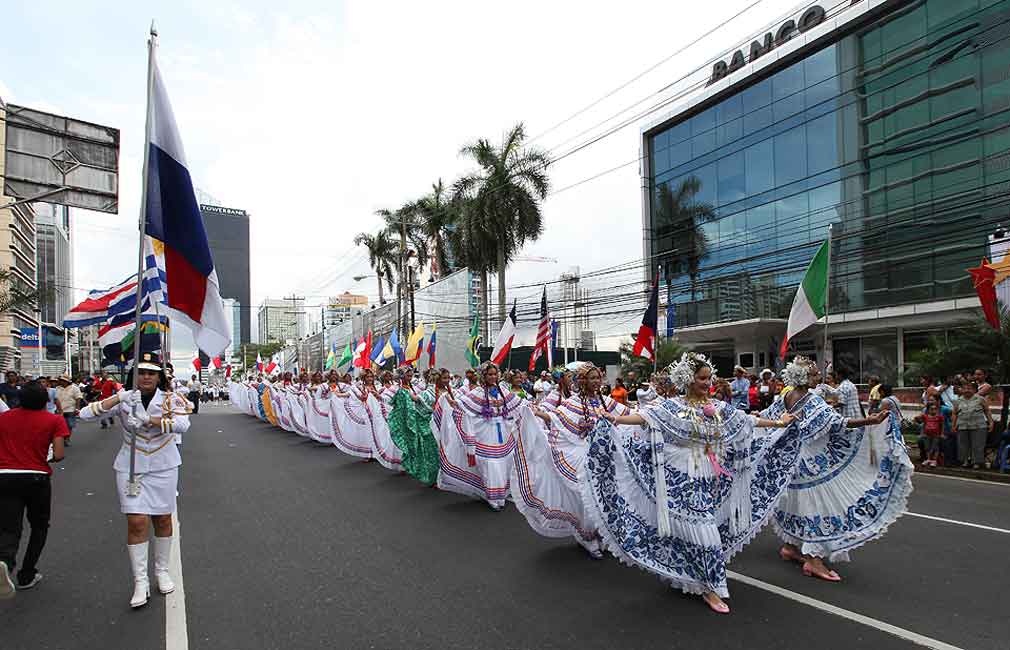Since joining the Gran Colombia after achieving independence from Spain in 1821, Panama became part of successive political entities of New Granada, but the geographic, economic, and political distances between the Isthmus and the central government in Bogota generated sustained local discontent.
The fact that the territory was seen as a strategic enclave, with access to both the Atlantic and the Pacific, but scarcely attended to by the central government, fueled an autonomist culture that gained strength in the last third of the 19th century, Orlando Perez states in “Panama: Nation, Canal, and Modernity,” quoted by the La Estrella de Panama newspaper.
The centralist Colombian Constitution of 1886, along with the defeat of the Liberals and the establishment of the Conservative regime, left the Isthmus in a position of administrative and fiscal dependence, the scholar explains.
The internal trigger for this exhaustion was precisely the effect of the Thousand Days’ War (1899-1902), which left Colombia weakened, both socially and economically.
Within this conflict, the Isthmus of Panama suffered its considerable share of destruction and death.


